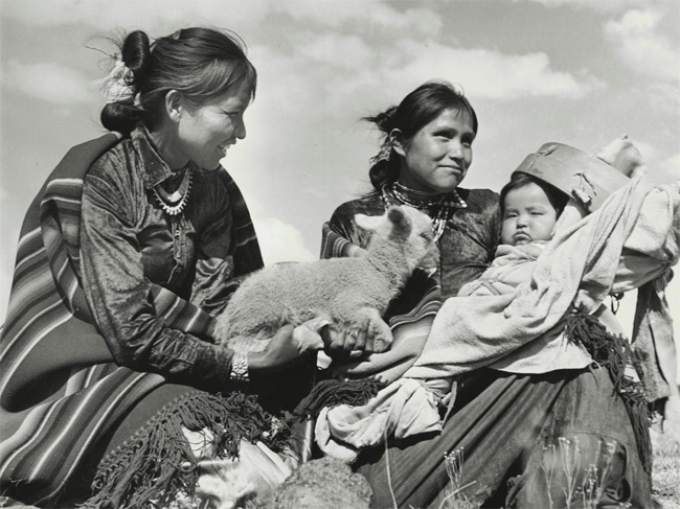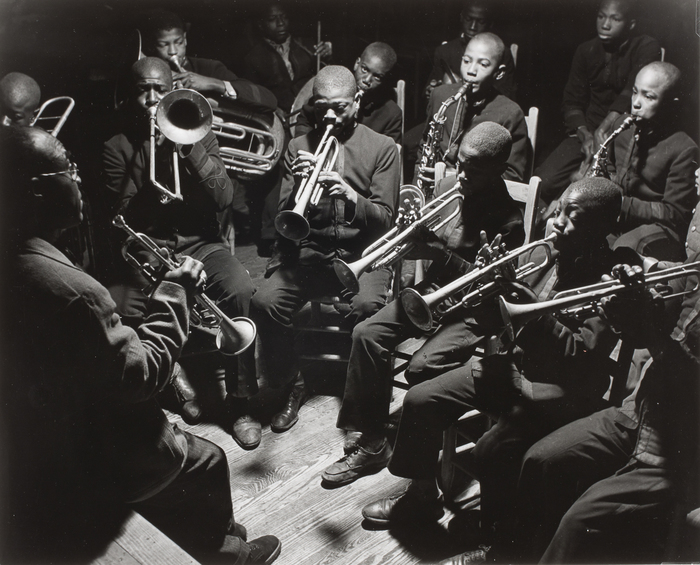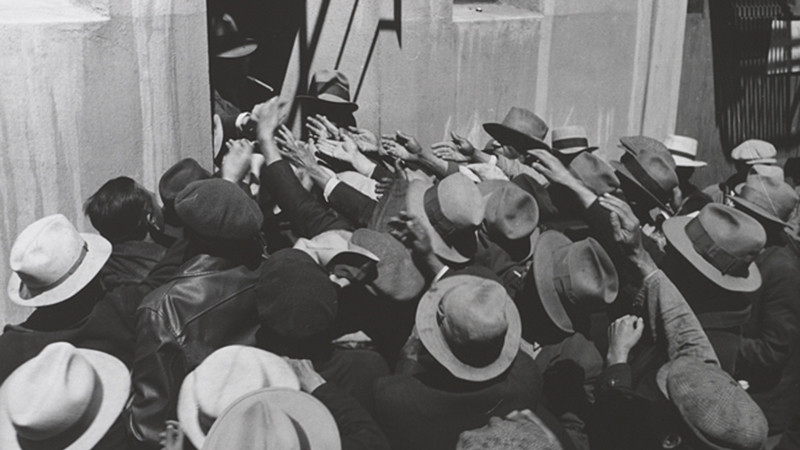In 1927, when they were both just seventeen, Hansel Mieth and Otto Hagel left their home town of Fellbach, Germany and headed to America. For the next five decades, they would make their careers as socially conscious photographers, creating beautiful and heartbreaking images of America’s working classes.
Leaving Baltimore for California in 1930, they braved the harsh realities of the Great Depression. They lived in a tent, worked as migrant farm laborers and documented all of these experiences with a second-hand Rolleiflex camera.

Mieth and Hagel began their long careers with images of poverty and harsh work conditions on California’s farms, many of which are currently on display at the Sonoma County Museum in LIFE, Labor, and Purpose: The Photography of Hansel Mieth and Otto Hagel, the largest exhibition of their work ever shown in the United States.
The collection blends the heaviness of Dorothea Lange’s iconic Depression-era work with the energy of late night strike meetings. Cotton picker families offer emotional glimpses into California’s historical struggles; a stark contrast to today’s highly developed, tech-derived wealth.
Mieth’s 1932 image of a shanty town (informal settlements once called “Hoovervilles”) near the Sacramento city dump is especially profound — countless men and boys dig through the trash, looking for food and supplies.

Mieth and Hagel also documented the San Francisco Longshoreman Strike of 1934, a time when people were so desperate for food and a day’s work that the couple had their apartment robbed. Mieth’s 1934 image Outstretched Hands relays that desperation with immediacy; it soon became an icon of the union.


